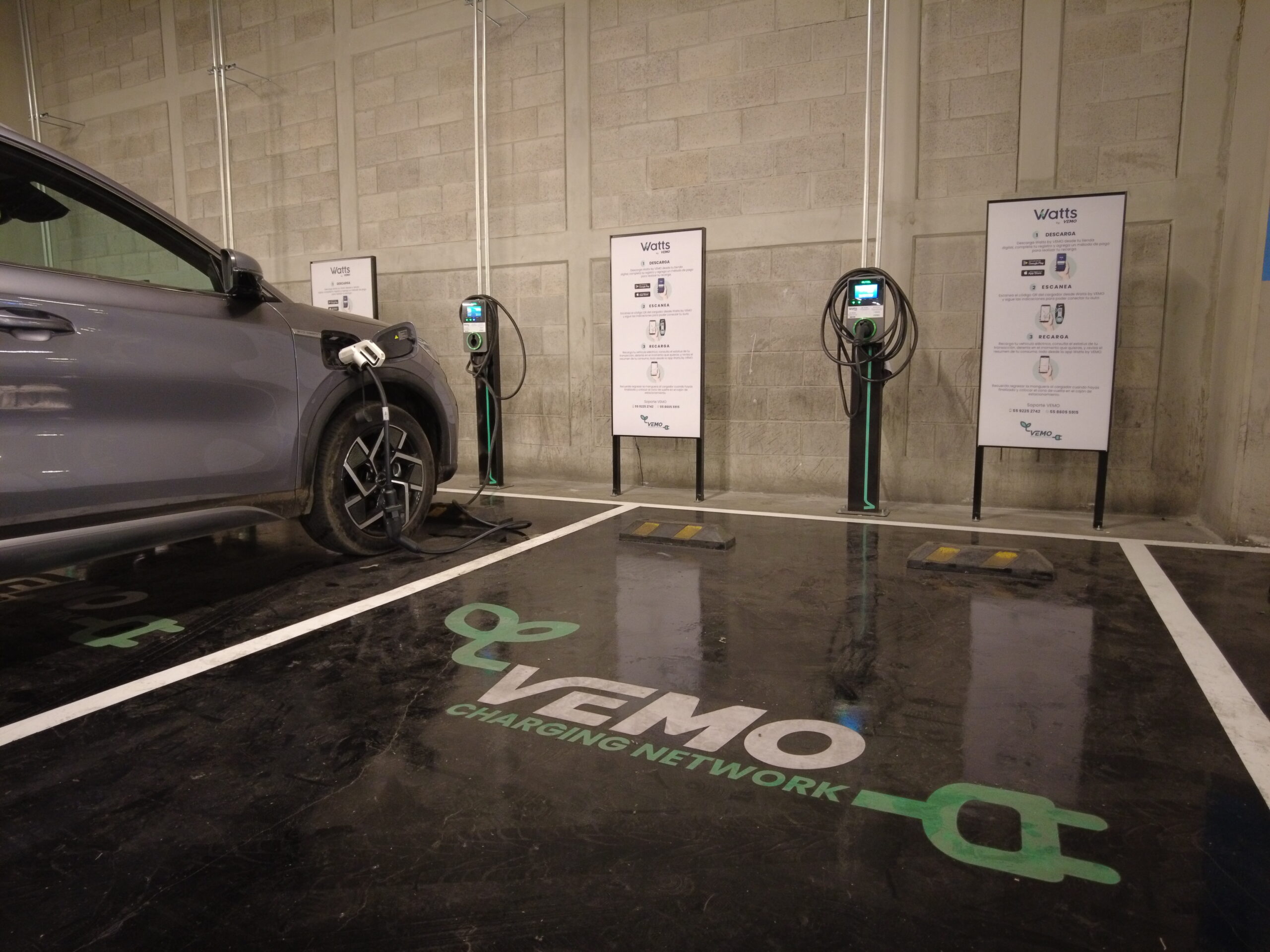Sign up for daily news updates from CleanTechnica on email. Or follow us on Google News!
Mexico, a country with significant EV market potential, has begun to see the takeoff of electric vehicles that has thus far been found primarily in Europe, China, and the United States. However, while Mexico offers a promising location for EV growth, the adoption of passenger electric vehicles in Mexico has thus far not been supported by significant government incentives.
A report by the AMIA includes a stark contrast between EV penetration by 2030 in a situation that includes a comprehensive policy and one that does not. Without a national policy, there is an expected EV penetration of 19.1% and a 10-20% price differential between ICE and EV. With a national EV policy, there is an expected penetration of 38.9% by 2030 with price parity between EVs and ICE vehicles. These policies would also allow for a greater number of models to enter the market, offer a better vehicle charging infrastructure, and contribute 384.8 billion pesos between 2024-2030.
Research has found that the two major anxieties for consumers not adopting hybrid and electrical technologies are range anxiety and cost, both of which are familiar to US consumers. This study did find some important data to support the premise that cost parity with ICE vehicles will allow the electric vehicle sector to rapidly increase deployment. A review of customer perception found that over 93% of customers would prefer to purchase an EV than an internal combustion car if they were the same price.
By implementing fiscal incentives for adoption, Mexico can focus not simply on adoption, but on manufacturing of electric vehicles. These policy incentives could include tax credits for the construction of EV manufacturing plants and incentives for EV research and development. The influx of electric vehicles means that the auxiliary aspects of electrification, such as charging, need to be developed rapidly. Companies such as VEMO are promoting electric vehicle adoption through several systems, which include a lease-to-own operation as well as developing ride-hailing programs.

In conversation with VEMO co-founders German Losada and Roberto Rocha, the excitement around the development of the EV market in Mexico was evident. As Losada explained, in 2020 there were less than a dozen available EV models, all of which were expensive, resulting in the sales of less than 500 vehicles. In just 4 years, this number has skyrocketed to 50,000 vehicles sold, with 56 models to choose from. Perhaps most notably, 8 of these models are less than $25,000. Losada and Rocha are excited by the growing numbers of electric vehicles that are entering the Mexican market. By deploying charging stations and ride-hailing, VEMO is able to introduce electric vehicles into more people’s daily lives and can help to alter major anxieties regarding range and charging that can delay EV adoption.
Mexico is also benefiting from Chinese investment in the country. Chinese EV manufacturer BYD has initiated plans to build a manufacturing facility in Mexico. While this will undoubtedly provide growth to the EV sector, it is important to note that a big driver of this is the push by Chinese manufacturers to enter the US market. There have also been investments from automakers in Europe. These include a significant investment, roughly €800 million, by BMW to build a manufacturing plant for the NEUE KLASSE in San Luis Patosi, Mexico, which will have the added benefit of an estimated 1,000 jobs in the region. Electric vehicles are expected to be produced from this plant from 2027 onward. The majority of the investment will go towards the creation of a high-voltage battery production facility. The growth of both EV deployment and manufacturing offers a promising outlook for the industry as a whole.
Have a tip for CleanTechnica? Want to advertise? Want to suggest a guest for our CleanTech Talk podcast? Contact us here.
Latest CleanTechnica.TV Videos
CleanTechnica uses affiliate links. See our policy here.
CleanTechnica’s Comment Policy





